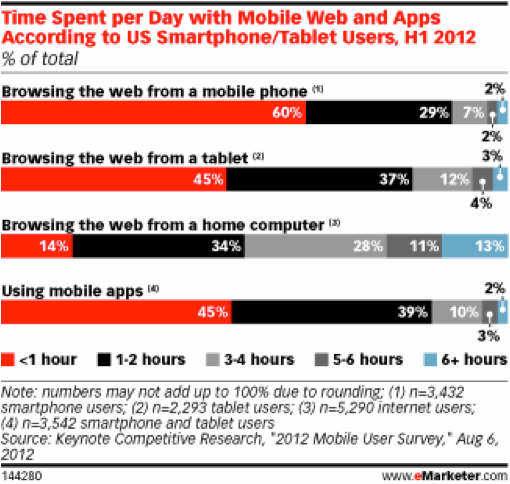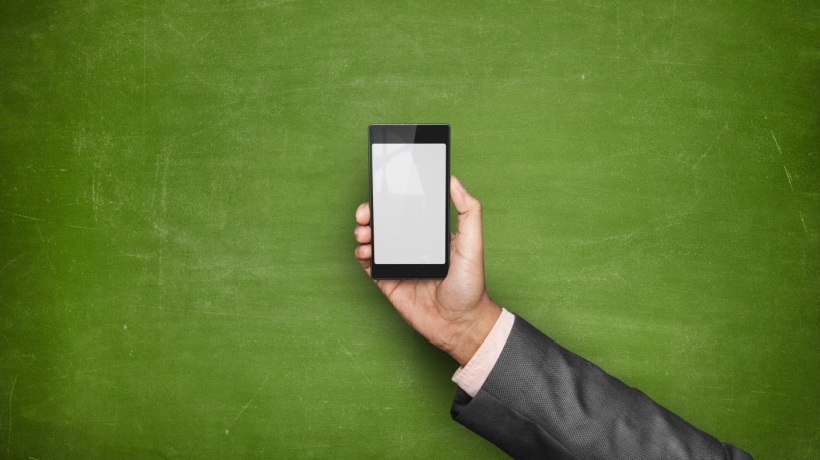Moving to Mobile – What are the Gotchas? Part 2 of 4
My earlier blog, “Moving to Mobile – What are the Gotchas? Part 1 of 4” covered the first of these categories – Define. This blog will cover the second and third – Audience and Learning. The remaining four – Infrastructure, Devices, Resources, and Outcomes – will be covered in Parts 3 and 4 of this blog.
mLearning Audience
Who is your audience? You need to understand who your audience is before you can develop any strategy. This means you may need to poll or survey groups within your current audience to determine the parameters of this sub-set. Understand that your audience may change with the advent of mLearning. You may find that the amount of people engaging in training increases now that it is available to them when they need it.Does your audience understand how to use mobile devices? Don’t laugh – some don’t. Even better yet, take the following scenario. The IT department determines the company is moving from older Blackberries to iPhones. Because all employees will use iPhones now, some training will need to happen. Picture this, you’ve determined that iBooks is the medium you will be using. Additionally, your iBooks content will be delivered, not using the iBooks store but, via links on the corporate intranet. I’m a big iBooks fan but, explaining how to get the content into iBooks using this method is not the easiest method. Your learners could become frustrated if left to their own to figure it out.
mLearning Learning
This is a key category. What type of learning will you be offering with mLearning? Let’s face it, there is no “one size fits all”. mLearning is not simply WBT on a smartphone. Is your learning “push”, “pull”, “micro”, or “social”? Are you integrating with Facebook or YouTube? Is your learning “Performance Support” based?Dr. Conrad Gottfredson, co-author of “Innovation Performance Support” identifies “5 Moments of Need” that mLearning can help with.
- When learning something for the first time
- When wanting to learn more
- When trying to remember
- When things change
- When something goes wrong
Do you currently have content in ILT or WBT format that you are going to convert? If so, what type of conversion are you considering? I’ve had clients that simply want their current WBT’s to be viewed on an iPad. That may or may not necessarily work. Many WBT’s have lessons that readily exceed an hour of time. Mobile devices are used in much smaller “chunks” of time than a desktop browser. Therefore, Mobile learning content should be “chunked” or sized appropriately. Keynote Competitive Research found that 40% Smart phone and 55% of tablet users browse the web for more than an hour a day. Whereas 86% of desktop computer users browse the web for over an hour per day.
Many types of WBT also have multiple interactive features per page that are triggered by events such as “cue” points in an audio file. This is just not highly conducive to many types of mobile content delivery.mLearning content should make the best use of the medium it is being delivered on We inherently do this when we convert and ILT course into WBT. We need to embrace new styles of learning available to use. Focus on “Just in Time”, “Performance Support”, social, location based integration, use of accelerometers, and informal styles of learning that take advantage of the way mobile devices are used.One final thought on learning changes that need to be made for mLearning. WBT often have large amounts of audio that learners are forced to listen to. Think about how mobile devices are “normally” connected to the internet and the cost associated with those cellular connections. Do you want to force high data downloads and cellular connection fees on your learners?In my next blog “Moving to Mobile – What are the Gotchas? Part 3 of 4”, I’ll discuss three of the four remaining categories – Infrastructure, Devices, and Resources.










